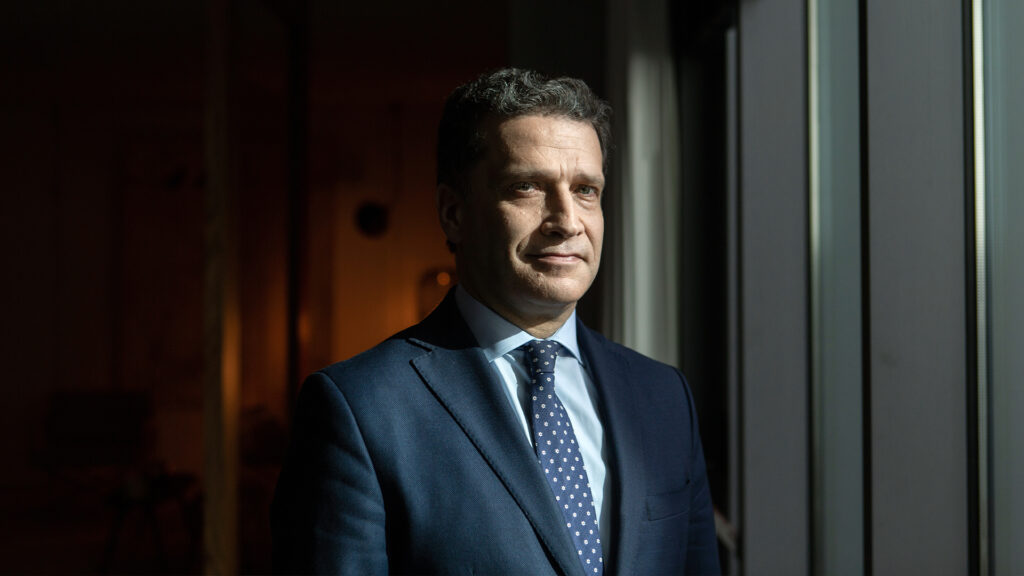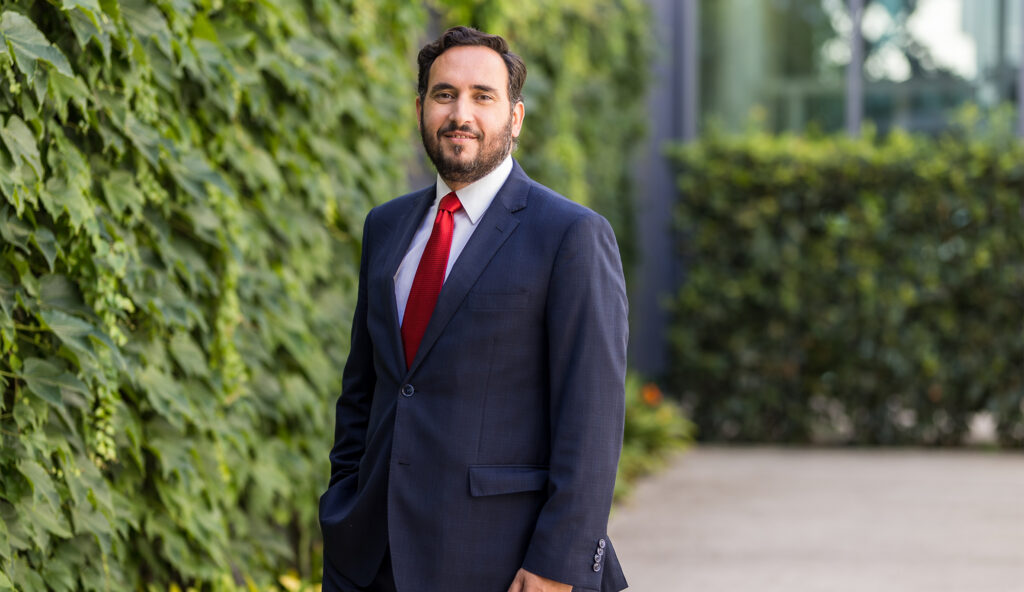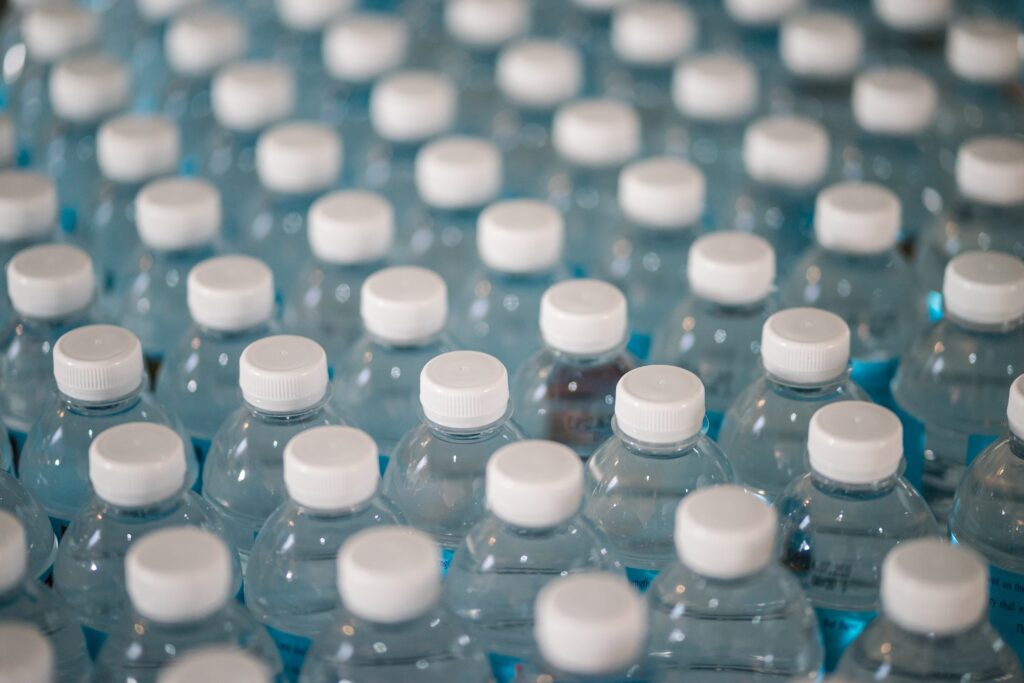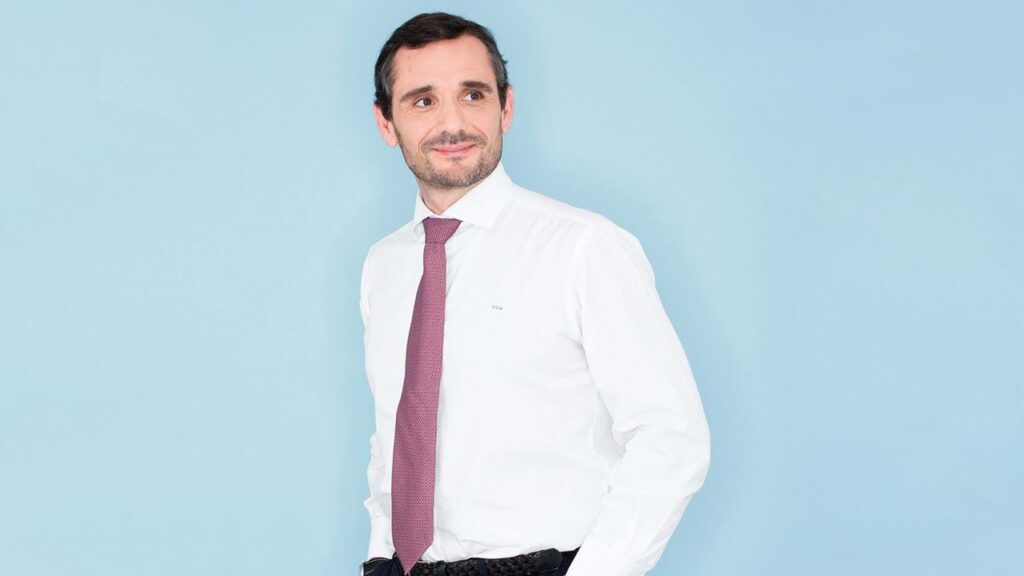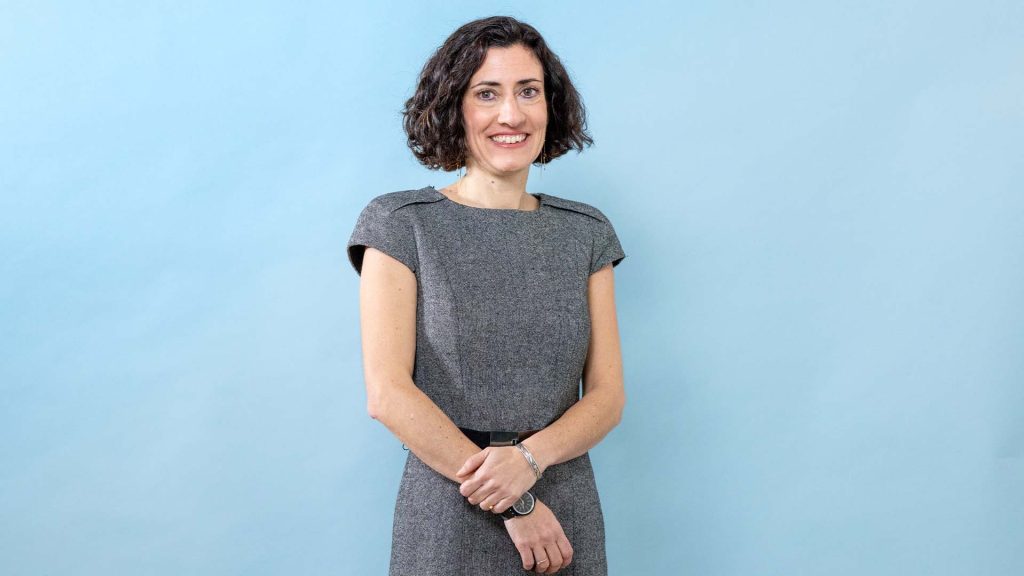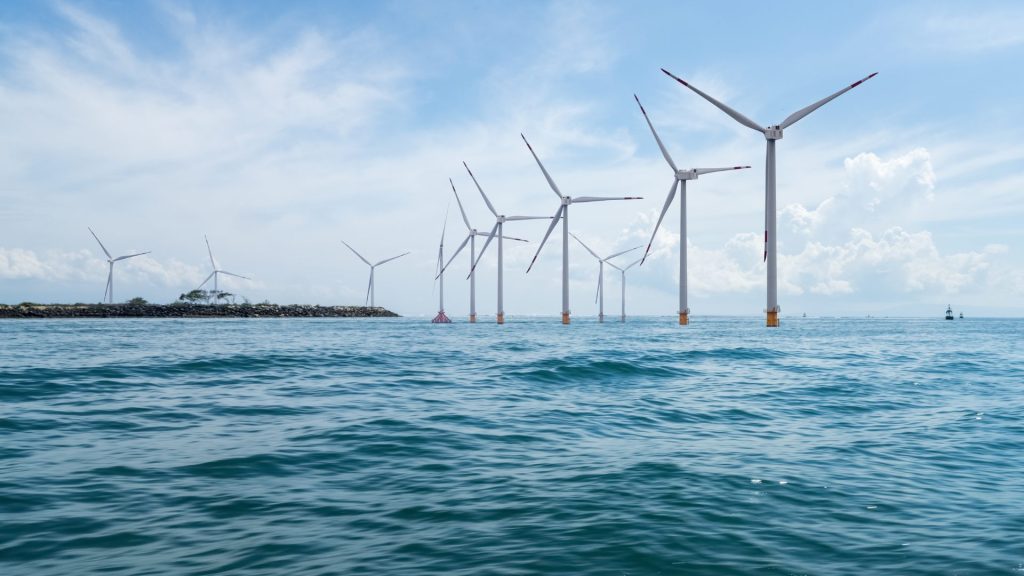Madalena Bernardes Coelho analyses the new EU packaging labelling regulation
According to Madalena Bernardes Coelho, packaging labelling is much more than a legal obligation — it is a powerful tool for communication between businesses, consumers and regulators. In recent times, there has been a rise in so-called “green claims”, many of which are misleading and risk undermining consumer trust in the market. The long-awaited “Green Claims” Directive is yet to be published, but this does not mean the sector has stood still. On the contrary — environmental awareness is growing, and the transition to a circular economy calls for new and urgent responses.
The new Packaging Regulation is one such step forward. It introduces a harmonised label, with simple and accessible pictograms, replacing the former SIGRE symbol. This new label must clearly indicate the packaging materials, helping consumers to sort waste correctly — and it must be understandable to all, including persons with disabilities.
For compostable packaging, the regulation requires it to be clearly stated that such packaging is not suitable for home composting and should never be discarded in nature. Reusable packaging must include clear information on this feature, making use of QR codes or digital means to explain how and where it can be reused.
In conclusion, she emphasises that businesses will need to adapt: reorganising production chains, investing in innovation and making a firmer commitment to sustainability. For consumers, these changes bring greater transparency and make waste separation easier. We are entering a new era, where labelling also means educating, guiding, and holding all actors accountable.
Read the article here.








